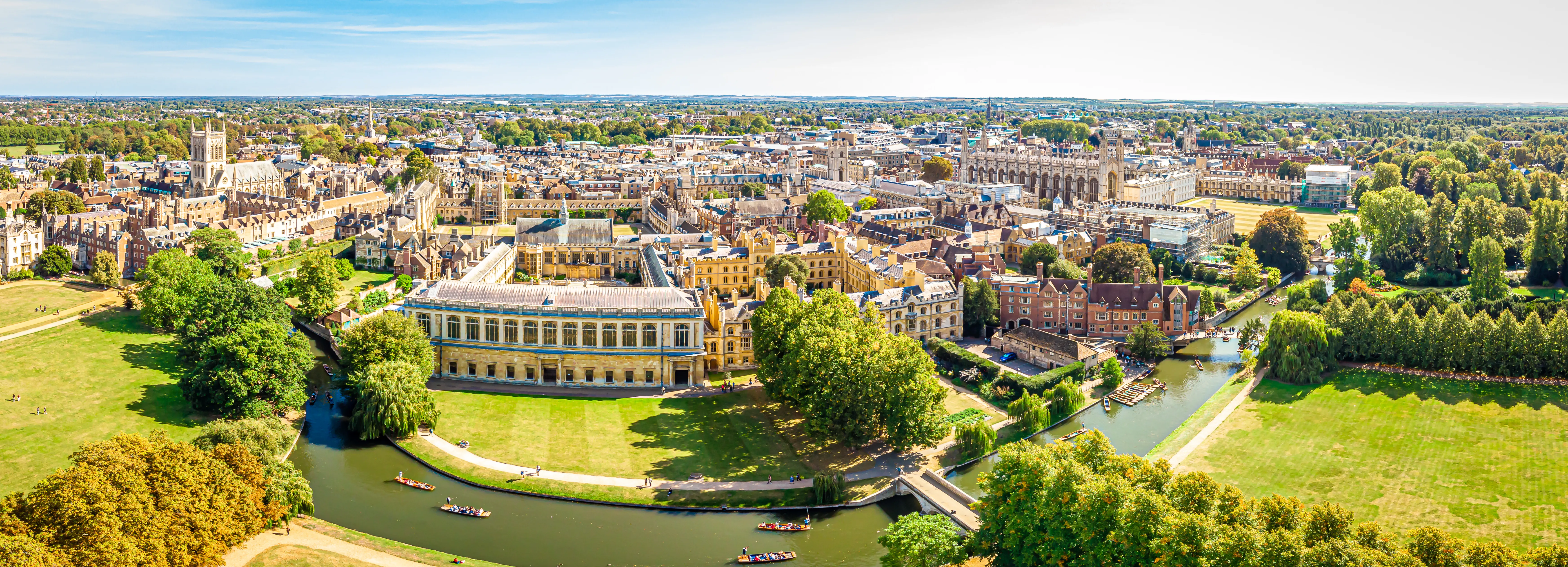

Yes, certain parts of the human body can indeed obtain oxygen directly from the air, rather than relying solely on the blood. Notably, the upper-layer skin cells and the cells on the front surface of the eyes are capable of this direct absorption of oxygen.
The human body has a significant demand for oxygen. However, the oxygen that can passively diffuse into the body directly from the air is insufficient to meet the overall needs of the body. This is where the lungs play a crucial role; they actively pull in oxygen, which is then transferred to the blood, allowing for efficient transportation to the cells throughout the body—akin to a fleet of delivery trucks. Most cells in our body depend on this blood delivery system, but some can directly access atmospheric oxygen.
The eyes require a transparent interface at their front parts to allow light to enter, which is essential for vision. Blood, being opaque and red, would obstruct this process. The human eye comprises several components, including:
The cornea and lens consist of living cells that require a supply of oxygen to remain viable. The body has two mechanisms for delivering oxygen to these parts:
Similarly, the outer layers of the skin can also absorb oxygen directly from the atmosphere. While the skin does receive oxygen from the blood, it also benefits from direct absorption due to its exposure to air. Research conducted by Markus Stucker and colleagues, published in The Journal of Physiology, indicates that the upper skin layers—up to a depth of 0.25−0.40mm—are primarily supplied by external oxygen, with blood transport playing a minor role. The amount of oxygen that penetrates beyond the skin is negligible, meaning that most cells in the body are reliant on blood for their oxygen supply. However, the skin effectively absorbs a significant portion of its oxygen requirement directly from the air.
In summary, the human body has specialized areas, such as the cornea of the eyes and the upper layers of the skin, that can directly absorb oxygen from the air. This adaptation allows these tissues to meet their oxygen needs while maintaining transparency in the case of the eyes. While the majority of the body’s cells rely on the bloodstream for oxygen, these exceptions illustrate the body’s remarkable ability to utilize available resources effectively.
 100% |  Global |  97% | |
|---|---|---|---|
Professional Tutors | International Tuition | Independent School Entrance Success | |
| All of our elite tutors are full-time professionals, with at least five years of tuition experience and over 5000 accrued teaching hours in their subject. | Based in Cambridge, with operations spanning the globe, we can provide our services to support your family anywhere. | Our families consistently gain offers from at least one of their target schools, including Eton, Harrow, Wellington and Wycombe Abbey. |
 100% |
|---|
Professional Tutors |
| All of our elite tutors are full-time professionals, with at least five years of tuition experience and over 5000 accrued teaching hours in their subject. |
 Global |
International Tuition |
| Based in Cambridge, with operations spanning the globe, we can provide our services to support your family anywhere. |
 97% |
Independent School Entrance Success |
| Our families consistently gain offers from at least one of their target schools, including Eton, Harrow, Wellington and Wycombe Abbey. |
At the Beyond Tutors we recognise that no two students are the same.
That’s why we’ve transcended the traditional online tutoring model of cookie-cutter solutions to intricate educational problems. Instead, we devise a bespoke tutoring plan for each individual student, to support you on your path to academic success.
To help us understand your unique educational needs, we provide a free 30-minute consultation with one of our founding partners, so we can devise the tutoring plan that’s right for you.
To ensure we can best prepare for this consultation, we ask you to fill out the short form below.